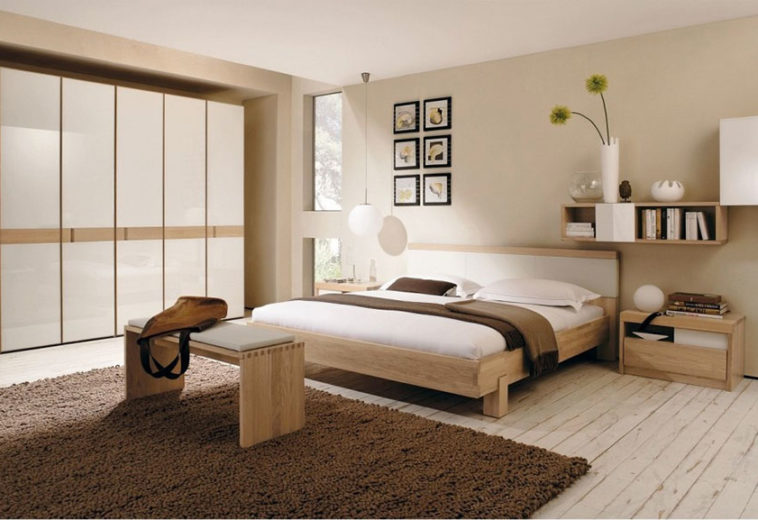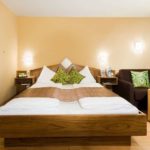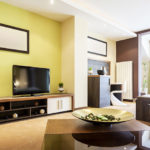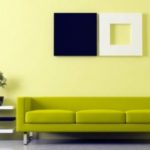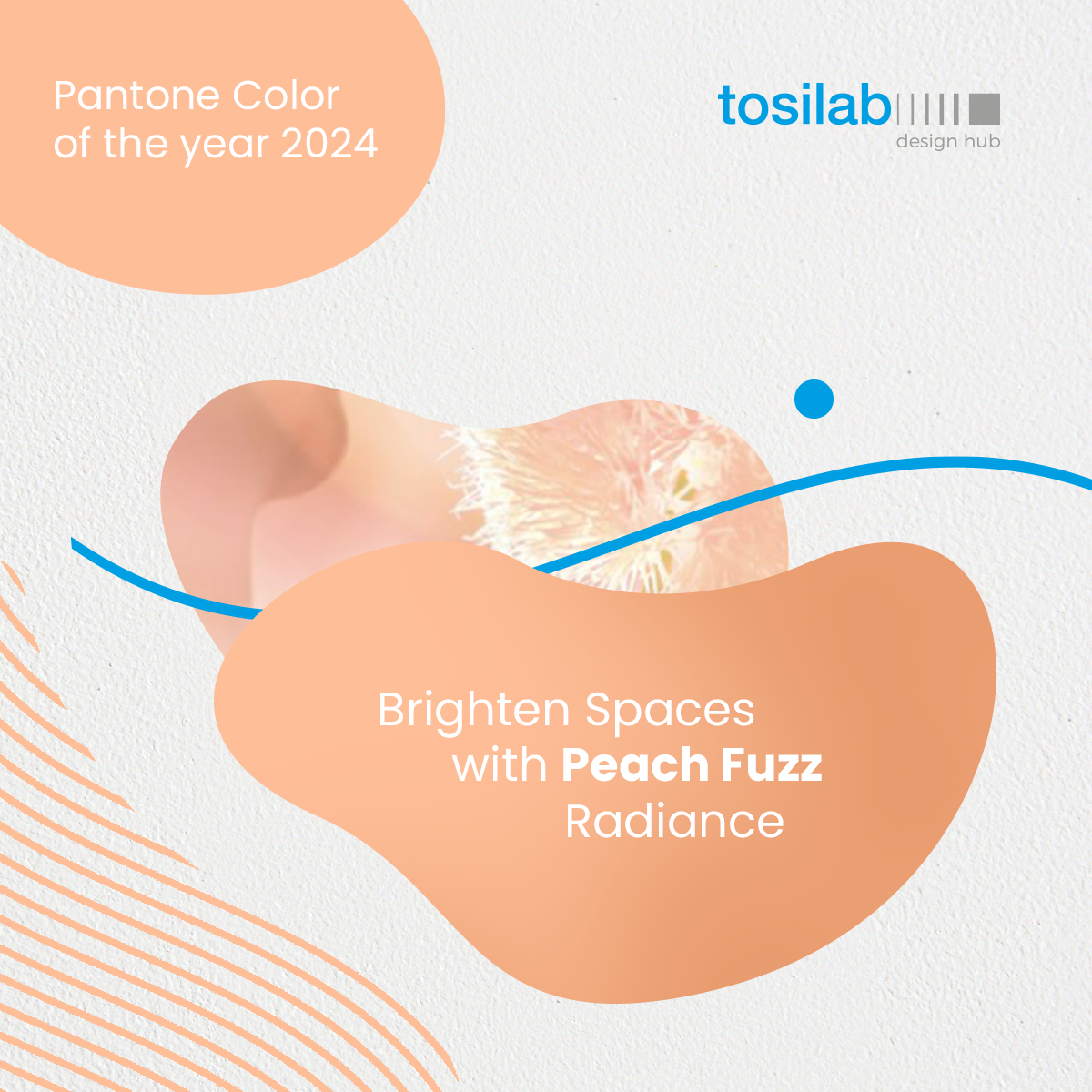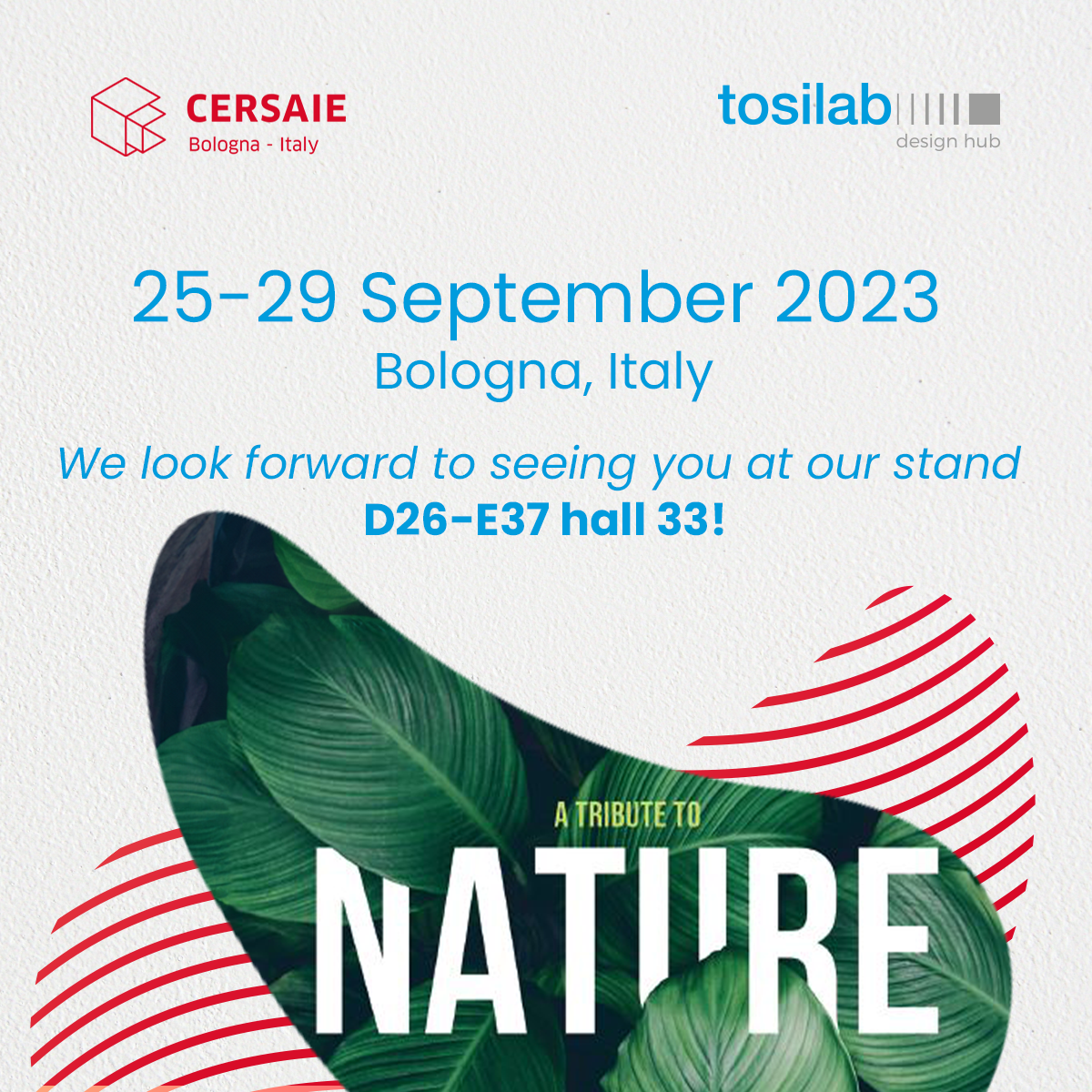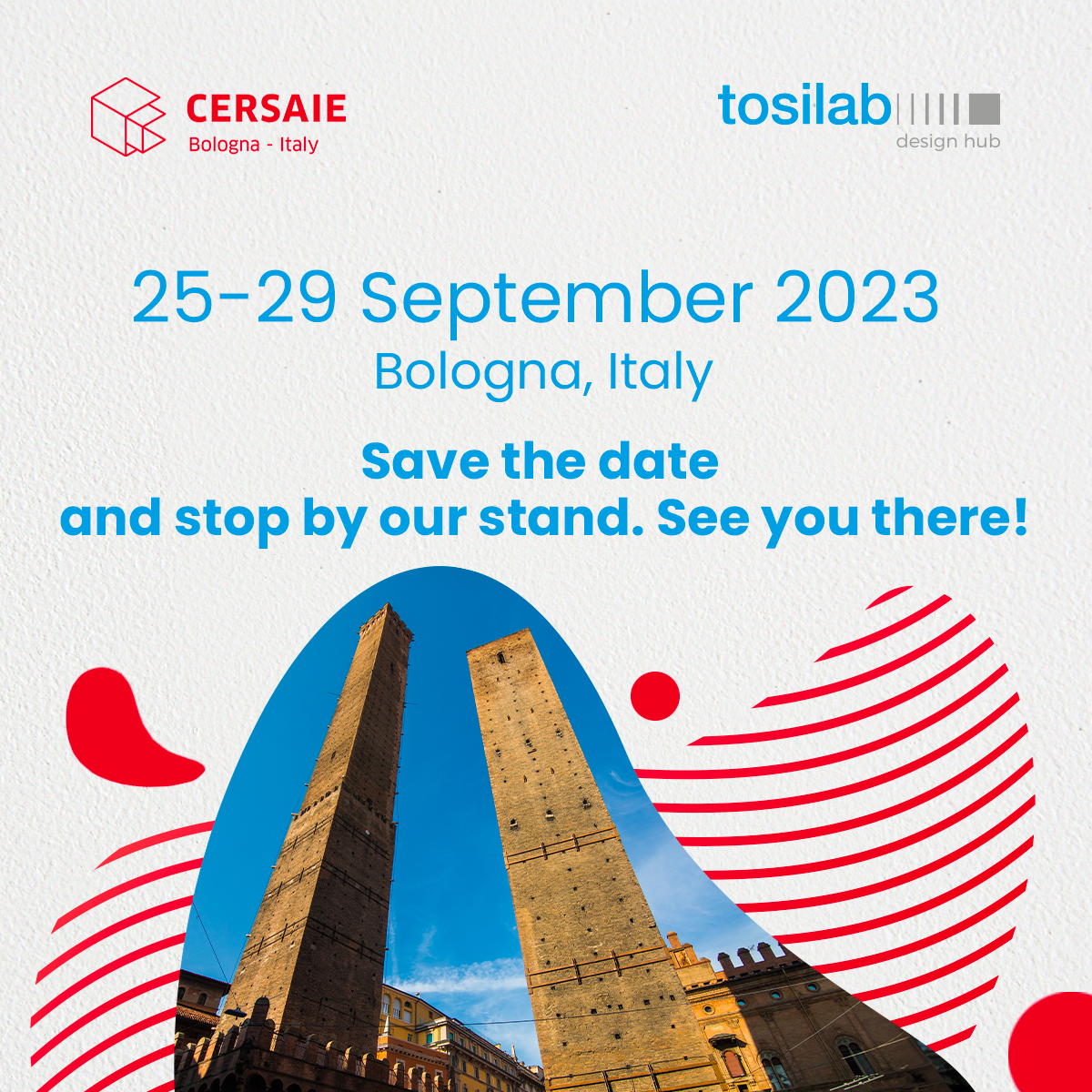Feng Shui in the interior design: characteristics and materials
There are many styles when we talk about interior design, some are evergreen, others follow trends often traced by designers. In this article we will focus on Feng Shui style in interior design, an oriental practice with a mystical character that is widespread not only in the East but also all over the world.
What does Feng Shui mean?
The meaning of Feng Shui is very deep: literally Feng Shui means “wind and water,” two extremely contradictory natural elements, but whose balance depends on the harmony between Yin and Yang, in Oriental culture forces dominating the universe. In other words, Feng Shui in interior design looks for harmony in domestic environments through various factors: furnishing, lighting, plant presence, and everything that is part of the composition of a home or working.
Feng Shui, although it is a millenarian discipline in the Oriental culture, it is an absolute novelty for the Western world; whether in the east the choice of a home depends almost exclusively on factors related to positive energy, in the West never as today architects and interior designers, as well as working on the aesthetic factor in choosing the furnishing or layout of a home, tend to consider these aspects that this “new” oriental discipline suggests, in order to promote a better of “positive forces” within the environments.
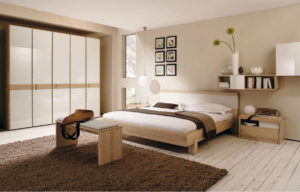
To make some examples, in China (where Feng Shui was born) some of the criteria that determine the appearance of a home are:
• the main entrance facing south
• the proximity of watercourses, that represents a sign of richness
• the interior of the house should not have excessively sharp corners, which would block the flow of energy
How to create a Feng Shui Decoration: Main Features
According to the Feng Shui discipline, in every home or work environment there are energies that interact and stimulate people who live in that space: they can foster optimism, reassure, instill courage and confidence, but nothing must impede these sources to properly spreadthese energies. In China and Japan, Feng Shui discipline experts use Bagua, a special map to verify that the layout of the home or workplace facilitates the circulation of these positive energies.
A Feng Shui decor has the following features:
• Alternate light and dark colors. For example, if the walls have a white color, it is good to contrast a dark-colored decor
• Natural Lights. It is recommended to enlight the environments with natural lights and that they prevail over artificial light sources.
• Natural elements. Plants, wooden elements, stones must be placed in the environment to magnetize the energy flows.
• Essences and fragrances. According to Oriental discipline, it is suggested the use of natural essences and special scents as positive propitiatory elements of positive energy.
• The mirror. The Feng Shui considers the mirror as a useful element to reject negative energies. It must be placed in passage places or environments such as the living room, but not in the bedroom, as it would not favor rest.
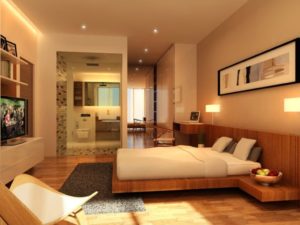
The Feng Shui decor in the office
The workplace is also disciplined by Feng Shui. Moreover, we have to consider that today the office is the place in which we spend several hours per day and therefore it needs the right comfort to create a pleasant place and to encourage collaboration among colleagues.
Office Feng Shui must meet the following features:
• Order. Especially at the entrance of the office must be a rigorous order that does not cause barriers to positive energy flows.
• Light colors vs. Dark colors. Like in Feng Shui home decor, even in the office there must be the right balance between light colors and dark colors. Sometimes this also depends on the job.
• Desk layout. The Feng Shui does not advice to place the desks with their shoulders at the doors and windows as this would attract negative energy.
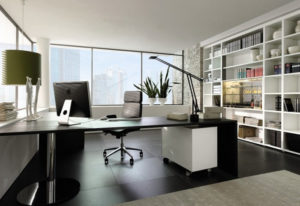
Feng Shui materials: from wood to metal
In Feng Shui, the materials also play a fundamental role in the diffusion of energy in the environments (this energy is called Ch’i). Among the main materials we find: wood, fabric, plastics, stones and bricks, metals, glass.
Wood in Feng Shui
Being of plant origin, wood is very important in Feng Shui furnishings; it is considered to be a living material with polyvalent characteristics and can be used in any home environment.
The fabric in Feng Shui
Fabrics (especially natural fibers such as linen, silk, cotton and wool) according to Feng Shui should be used not excessively and especially in relax-areas, since their composition (woven and padded) would slow down flow of energy.
Plastic in Feng Shui
Plastic is a synthetic material and that is why according to Feng Shui it should be moderately used in order to avoid blocking effects of energy within the environment.
Bricks and stones in Feng Shui
Although they are natural materials, their conformation makes Feng Shui to recommend them to a moderate and orderly use. Inside, it is best to use stones with a firmer, shiny appearance, porous and opaque stones (such as travertine, slate etc.). It is not suggested to use these materials in areas like the bedroom.
Metal and glass in Feng Shui
Metals are also important in Feng Shui and have different characteristics depending on their composition: if shiny and reflective, as well as glass, are suitable for relaxation; otherwise they would favor a greater flow of energy and should be used in more dynamic locations.
Feng Shui colors
To conclude, a brief insight into the colors that Feng Shui discipline prefers: the choice should not be casual but intended for any environment. In an area like the living room, warm colors such as red and orange can help conversation with guests or family members. Shades like blue and green favor relaxation and consequently the sleep they are used in the bedrooms; Yellow, on the other hand, stimulates appetite and provides the necessary energy from the beginning of the day.
For more articles about art, architecture and design visit our blog talking about and follow us on our social profiles. We are on Facebook, Instagram, LinkedIn, Pinterest e su YouTube!
- 0 Comment
